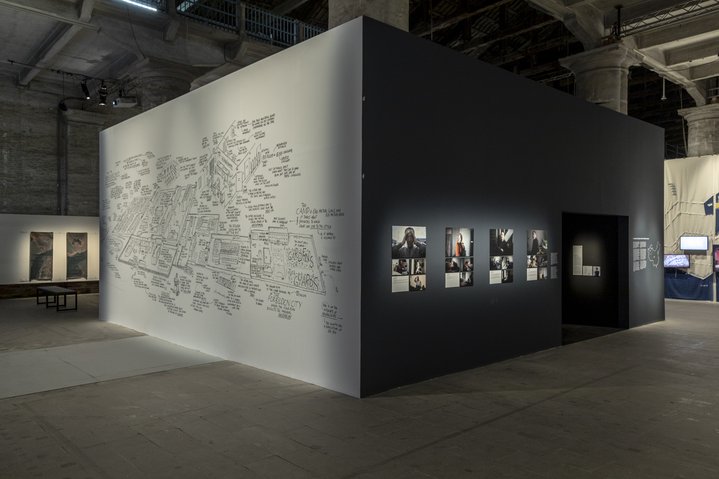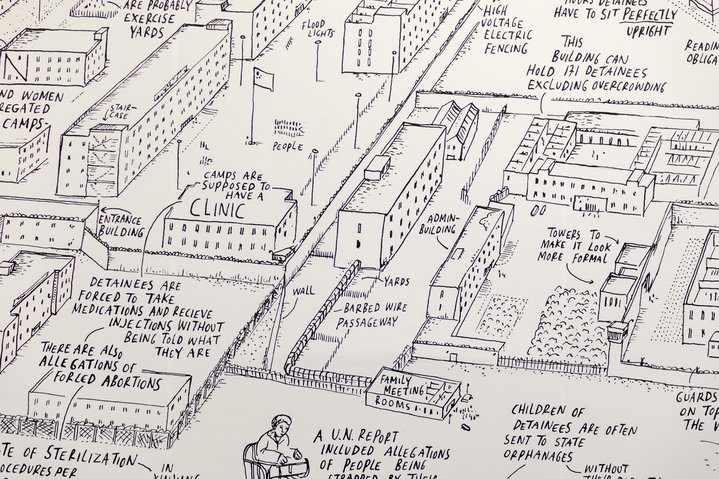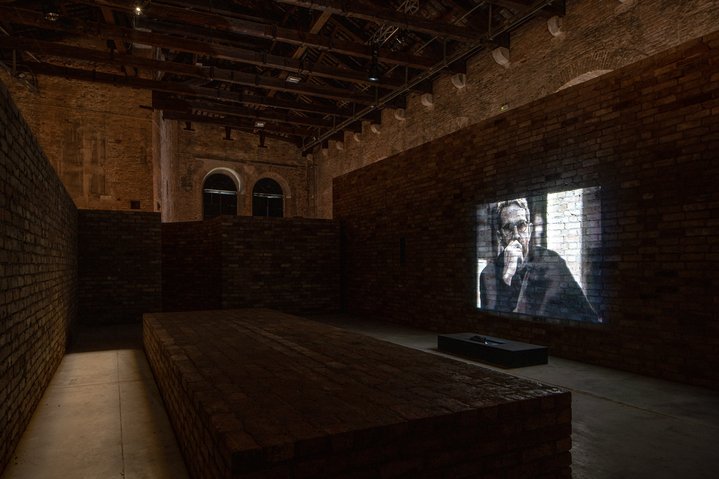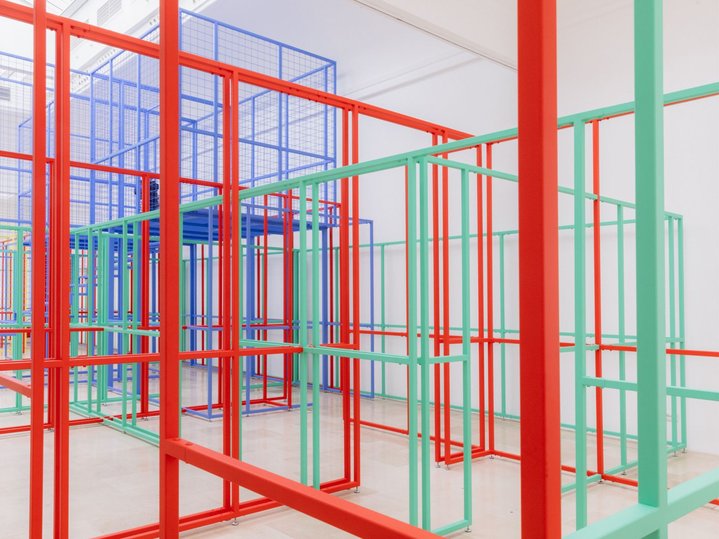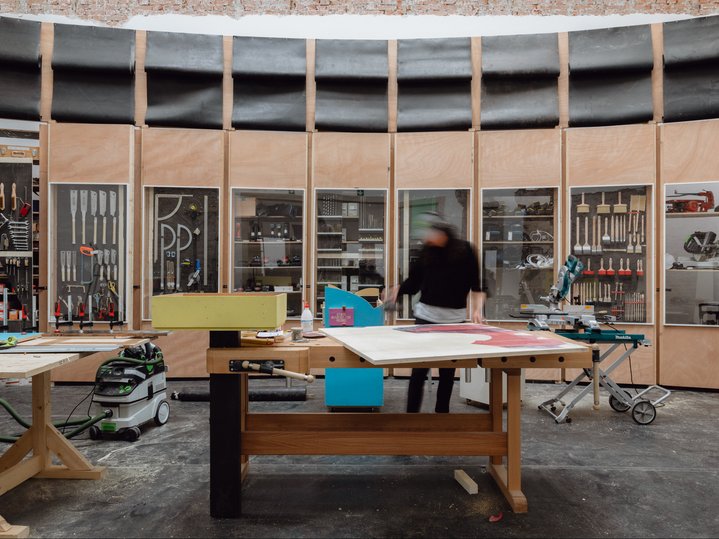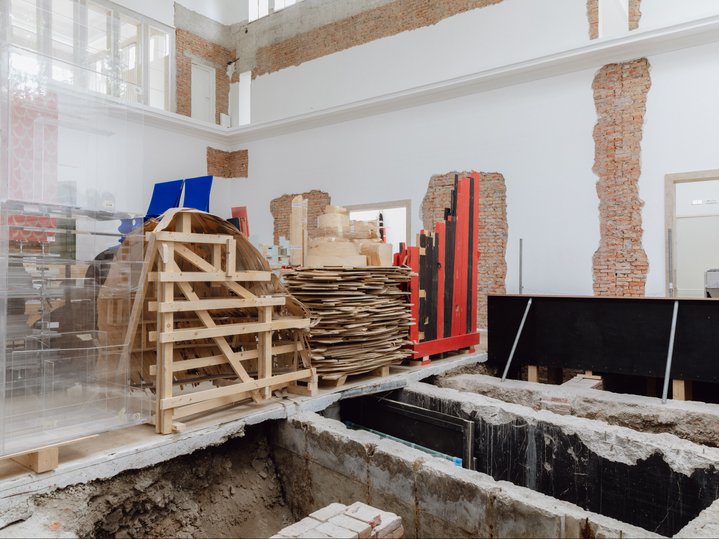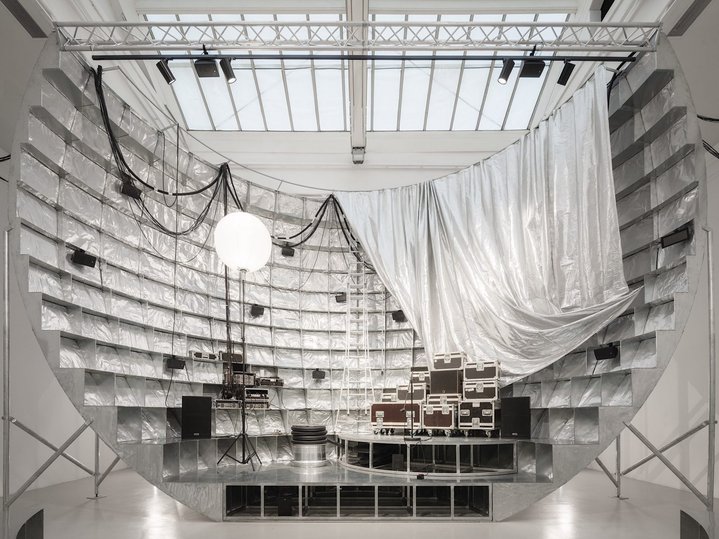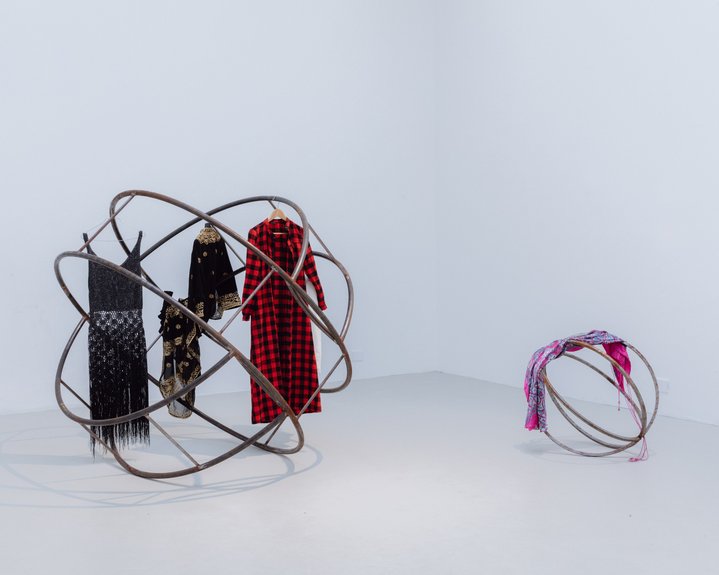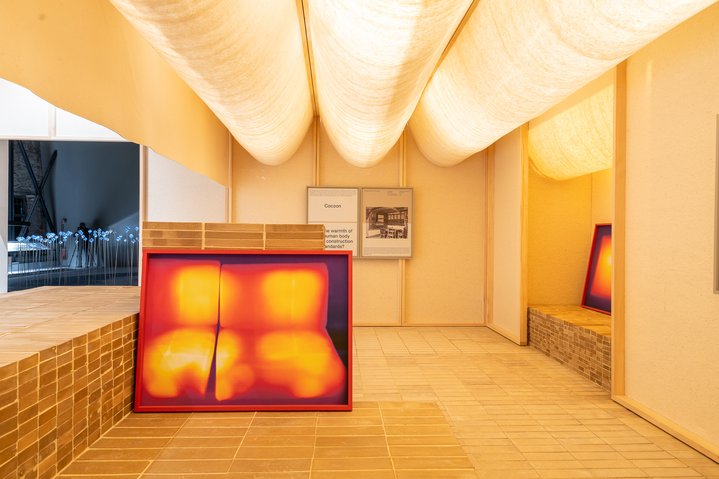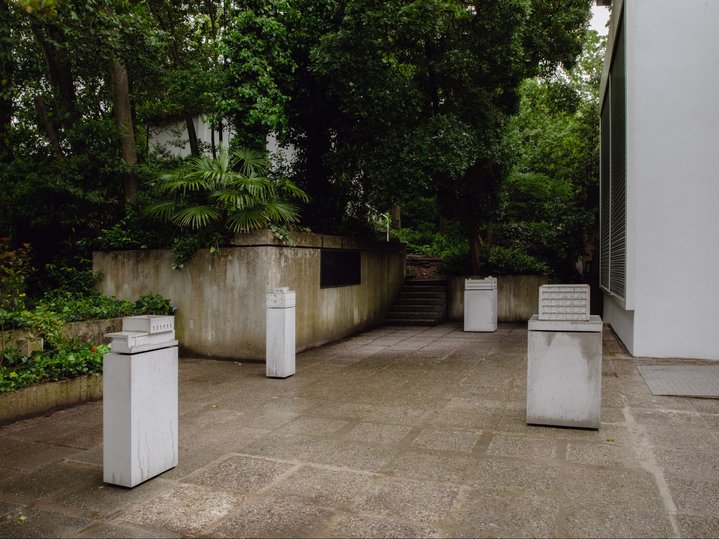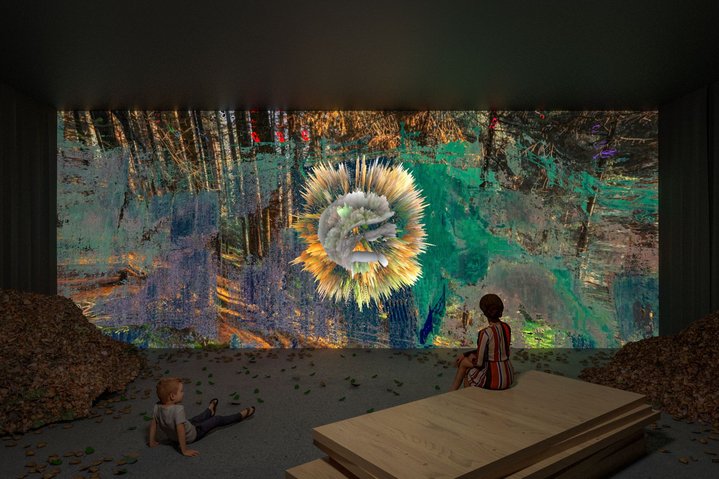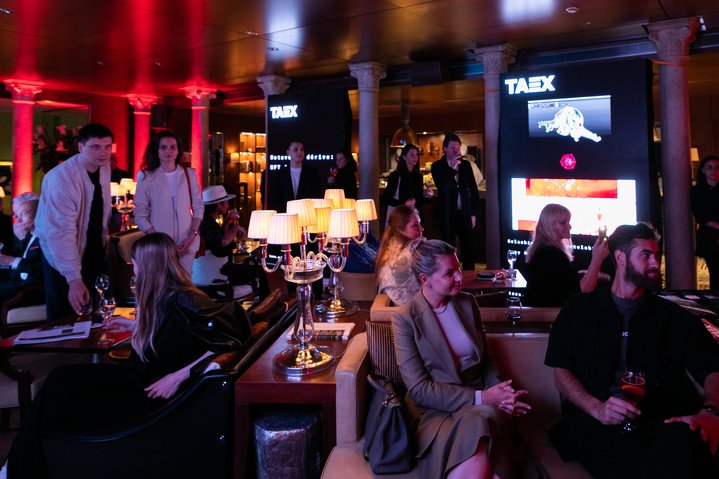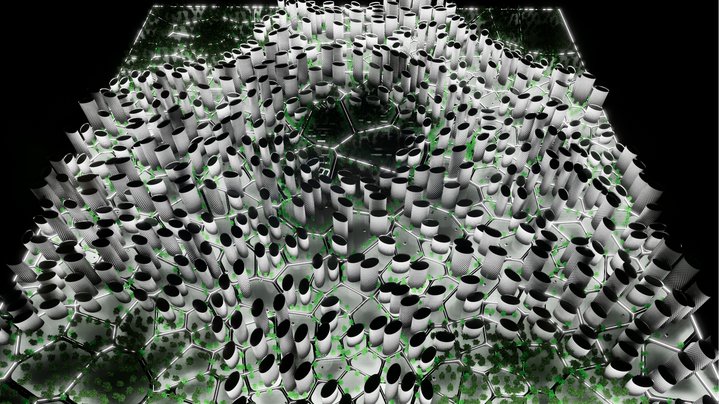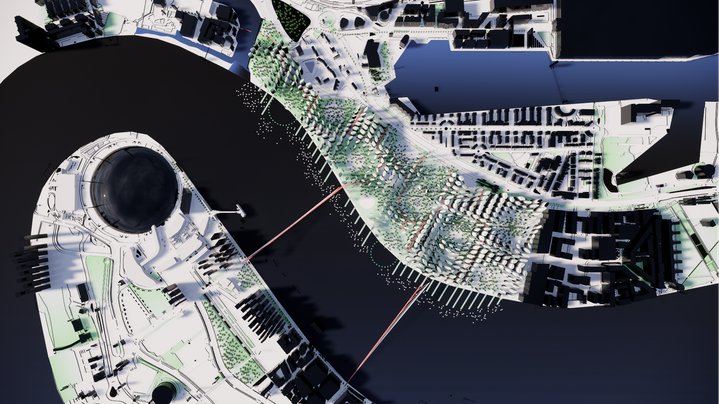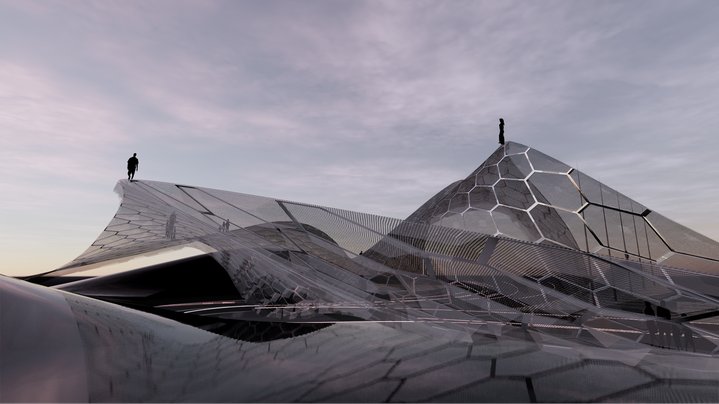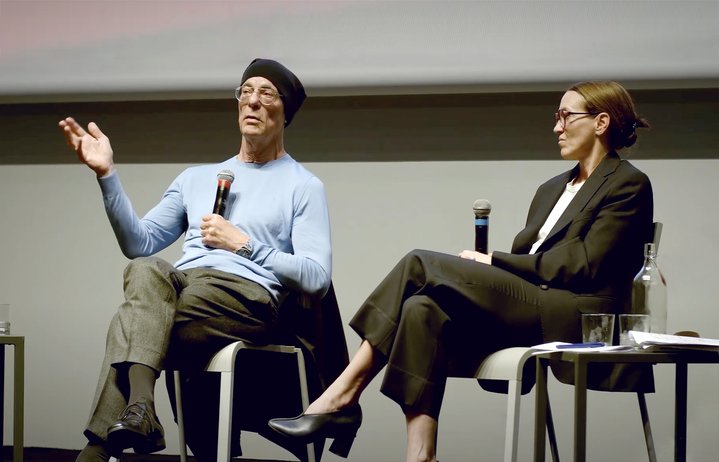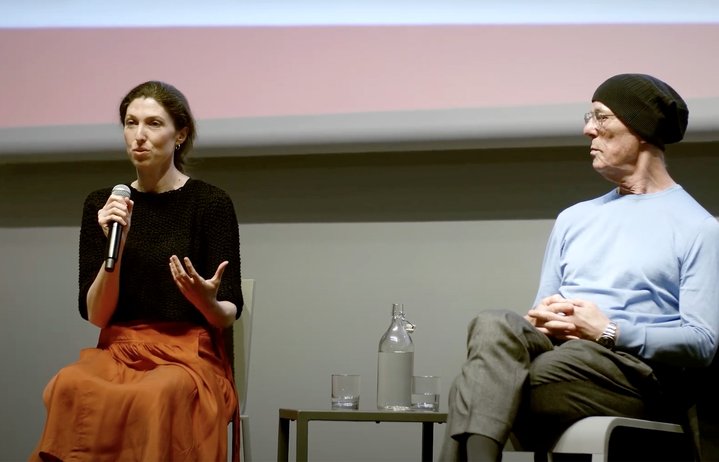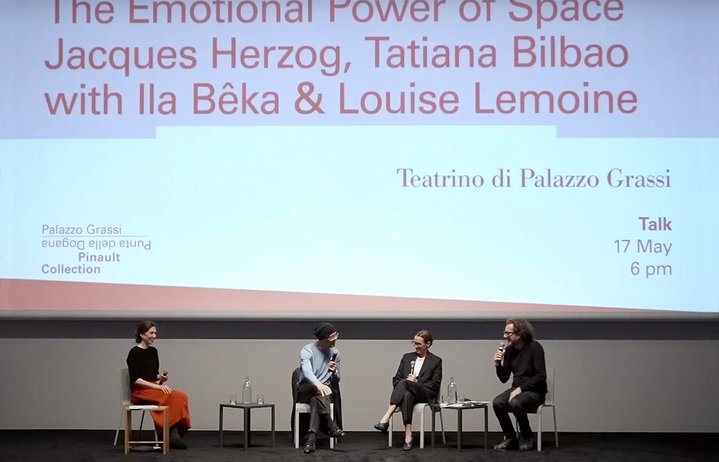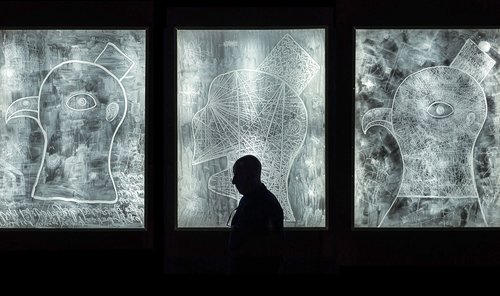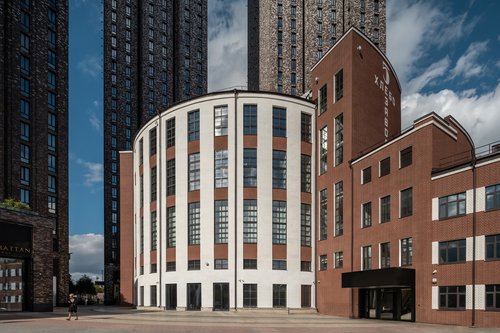Pavilion of China. Renewal: a symbiotic narrative. 18th International Architecture Exhibition – La Biennale di Venezia, The laboratory of the Future. Courtesy of La Biennale di Venezia. Photo by Marco Zorzanello
The Architecture Biennale in Venice is Not About Architecture
The 18th Architecture Biennale in Venice bears little resemblance to an exhibition of recent achievements in world architecture and is more a locus of preoccupations about the current state of affairs in the world.
Ghanaian-Scottish curator Lesley Locco, architectural academic, educator and bestselling writer, conceived this edition of the Biennale as a ‘Laboratory of the Future’. What could sound as an invitation to dream about the future, turned into a litany: the deluge of environmental, political and social problems which have been unfolding over the past few years have deeply affected architectural communities around the world creating what seemed like a chorus of collective despair. Extensive discussions with the curators of the pavilions and their assistants gave the impression that many of them were struggling to relate the original concept of the Biennale to architecture and urbanism.
There is an exceptionally wide array of themes addressed by the national pavilions, from forest protection legislation in the Uruguayan pavilion to a Kabakovian admiration of fungus on the walls of the Belgian pavilion; from the prototype of an electric car presented by the Romanians to exploring the food production chain in the Spanish pavilion. It is remarkable that so many countries saw this Architecture Biennale as a place not to show any architecture. The 2023 Biennale has become a place for architects to discuss a range of issues, and it seems that they are taking on the role of contemporary artists. In the age of AI which is casting a shadow over the architectural profession as a whole only the Czechs dedicated their space to the precarious status of the architects.
The German pavilion continues its tradition of introspective self-digging, seen in previous editions of the Biennale. Once again, we see the 1938 Ernst Haiger’s 1938 pavilion in a dissected state. Construction is one of the world's largest emitters of partial CO2 gas and the Biennale itself is guilty of consuming vast amounts of building material. The German pavilion was turned into a warehouse of building materials that had been gathered up from different pavilions in the Giardini after the Biennale of Art in 2022. Visitors are invited to cut pieces of cloth and create bags and other accessories from these discarded materials. It’s a kind of art therapy you might enjoy in a progressive shopping mall or at eco festivals.
The French pavilion has long been known for its live concerts and this time the curators chose the slogan ‘the party’s not over’ which is emblazoned over a huge stage in the main hall. A glittering hemispherical ball shaped theatre looks like a 1980s disco ball or a television set behind which there is a room with iron sculptures (which were temporarily used as hangers for the flamboyant costumes for a drag show during the preview days). These ‘zero km’ sculptures are also made of locally sourced recycled matter.
In the Mexican pavilion in the Arsenal there is a basketball court with brightly decorated benches, and it proves to be one of the liveliest sites in the Biennale. But it seems these days basketball is open to woke approaches, the curators argue, that behind this popular game lies the idea of decolonization: “the basketball court, repurposed here, is much more than the deconstruction of a Western sporting facility.”
Closer to home, the Slovenian pavilion addresses the energy crisis in Europe and a team of young architects from Ljubljana examine insulation in traditional architecture. In the centre of the pavilion, there is a box made from felt and in addition to stories about felt, they displayed other ways we heat houses, such as using stoves and fireplaces, or even sharing a bed with as many people as you can (back in the Middle Ages this was an inexpensive heating option).
On a more sombre note, In the middle of the Arsenal, it is hard to miss a giant comic strip about everyday life in a detention camp in the People's Republic of China. This huge ink drawing by Jan Rothuizen is based on interviews with former prisoners, satellite imagery, reports by the UN and Amnesty International and leaked documents reported on by the International Committee for Investigative Journalists and Adrian Zenz. Inside the pavilion there is a moving video by British architect and urban designer Alison Killing about one of the camps.
The Israeli Pavilion is dedicated to the dystopian reality of data centres of global tech giants being built in Israel which is expressed using models of modernist Telephone exchange buildings from the 60s and 70s. They are beautiful buildings, part of Israel’s significant yet completely underrated modernist heritage. Sadly again here, architecture is secondary to the central theme and there is no information given about any of the model buildings on display.
The Uruguayan pavilion in the Giardini is dedicated to the 35th anniversary of the adoption of the forest law. According to the curators of the pavilion, this law is controversial and yet its huge role in the development of the country is impossible to exaggerate. To help explain this, they have created a lively 12-minute opera, accompanied by an impressive multimedia video, with the score and a 344-page booklet on display.
In the final aria, there is a question: “Arquitectura dime quien quieres ser?” - Architecture, tell me who you want to be?”. This is probably the real theme of the 18th Architectural Biennale in Venice.
For those looking for something more focussed on architectural tendencies, during the opening week, there was the non-exhibition program of the Biennale. Among highlights was a public discussion at the Teatrino Grassi, attended by Pritzker Prize-winning architect Jacques Herzog, architect Tatiana Bilbo and the artist duo Ila Beca and Louise Lemoine. The audience was treated to a fascinating discussion about the emotional power of space by these heavyweight professionals at the top of their game. On the same day, at the Palazzina Grassi, TAEX presented a special exhibition of NFT drops dedicated to the new immaterial and decentralized architecture and art.
Biennale Architecture 2023. 18th International Architecture exhibition
Venice, Italy
20 May – 26 November, 2023






